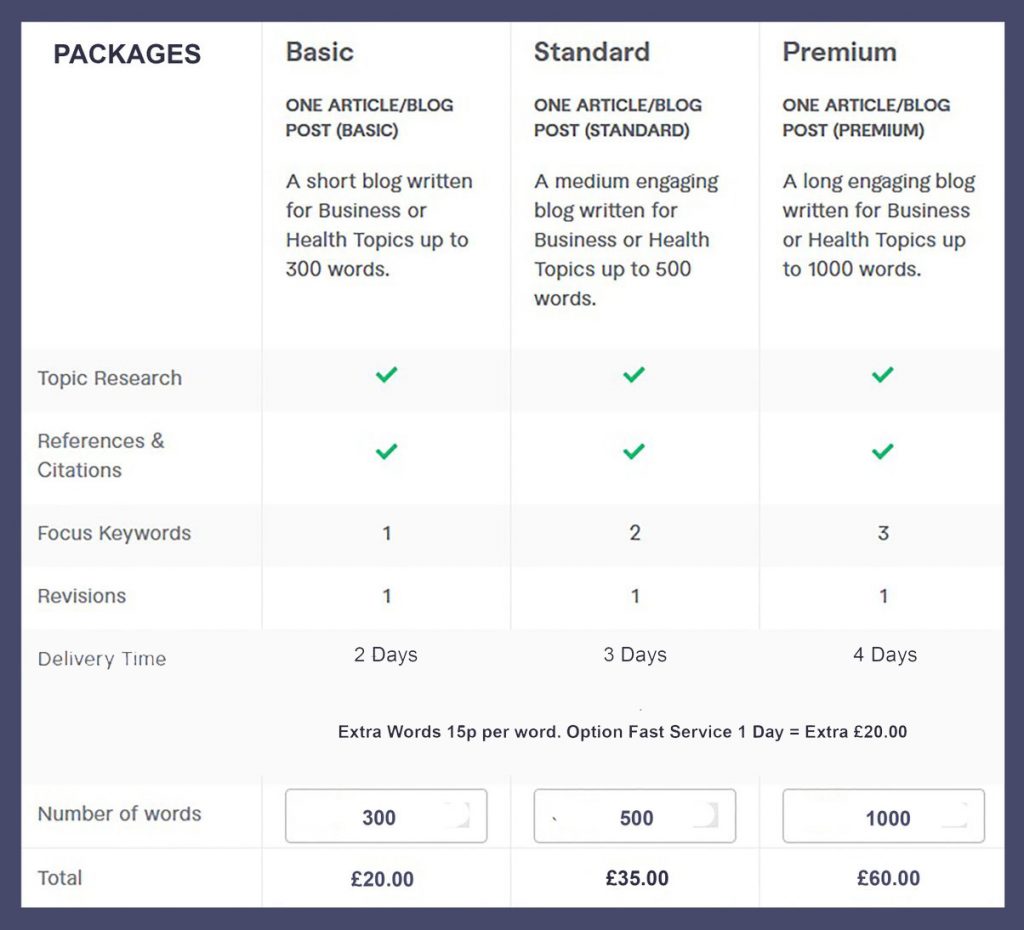The Responsibilities of a Website Designer and Distinguishing It from Marketing and Advertising
A well-designed website is pivotal for the success of any business or personal endeavor. A website designer plays a crucial role in crafting the virtual presence of a brand, ensuring it is visually appealing, functional, and user-friendly. However, it is essential to differentiate between website design and other related disciplines like marketing and advertising, as each has distinct responsibilities and objectives.
Core Responsibilities of a Website Designer
- Visual Design and Aesthetics: The primary responsibility of a website designer is to create an aesthetically pleasing design. This involves choosing the right color schemes, typography, and imagery to convey the brand’s message effectively. The design should be visually engaging to capture and retain visitors’ attention.
- User Experience (UX) Design: A website must be easy to navigate and intuitive for users. Website designers focus on creating a seamless user experience by organizing content logically, designing clear navigation paths, and ensuring that important information is easily accessible. This includes designing interactive elements like buttons, forms, and menus that enhance the user experience.
- Responsive Design: With the proliferation of devices used to access the internet, website designers must ensure that their designs are responsive. This means the website should function well and look good on various screen sizes and resolutions, from desktops to smartphones and tablets.
- Brand Consistency: A website is an extension of a brand, so it must reflect the brand’s identity consistently. Website designers work to incorporate brand elements such as logos, brand colors, and fonts to maintain a cohesive look and feel that aligns with the overall brand strategy.
- Technical Skills: Although not primarily developers, website designers often need a working knowledge of coding languages like HTML, CSS, and JavaScript. This technical expertise enables them to implement their designs accurately or communicate effectively with web developers.
- Performance Optimization: A well-designed website should also be optimized for performance. This includes ensuring fast load times, optimizing images and other media, and implementing efficient coding practices. Poor performance can deter users and negatively impact search engine rankings.
- Accessibility: Ensuring that a website is accessible to all users, including those with disabilities, is a critical responsibility of a website designer. This involves adhering to web accessibility standards and guidelines, such as providing alternative text for images and ensuring that the site is navigable via keyboard for those who cannot use a mouse. However, access for front-end editing for the client is at the website’s discretion and is not mandatory.
Distinguishing Website Design from Marketing and Advertising
While website design, marketing, and advertising are interrelated and often overlap, they are distinct disciplines with different goals and responsibilities.
- Website Design: As outlined, website design focuses on the visual and functional aspects of a website. The primary objective is to create an engaging, user-friendly online presence that effectively communicates the brand’s identity and provides a positive user experience.
- Marketing: Marketing encompasses a broader scope of activities aimed at promoting a product or service. This includes market research, content creation, social media management, email marketing, and search engine optimization (SEO). While a well-designed website is a crucial component of a marketing strategy, marketing itself involves a variety of channels and tactics to reach and engage the target audience.
- Advertising is a subset of marketing that focuses specifically on paid promotional activities. This includes digital ads, such as pay-per-click (PPC) campaigns, display ads, social media ads, and traditional advertising methods like print, television, and radio ads. The goal of advertising is to drive traffic and generate leads or sales through targeted promotional messages.
Avoiding Confusion Between Website Design, Marketing, and Advertising
To avoid confusion between these disciplines, it is important to recognize their unique contributions and how they complement each other.
- Clear Objectives: Define clear objectives for each discipline. Website design aims to create a functional and visually appealing site, marketing focuses on broader promotional activities, and advertising targets specific campaigns to drive immediate results.
- Collaborative Approach: Encourage collaboration between website designers, marketers, and advertisers. This ensures that the website design supports marketing strategies and that advertising efforts are aligned with the website’s capabilities and design.
- Distinct Roles: Understand and respect the distinct roles and expertise of each discipline. While there may be overlap, recognizing the specialized skills required for website design, marketing, and advertising will help ensure each area is given the attention it deserves.
Conclusion
A website designer plays a critical role in creating the online face of a brand, focusing on visual design, user experience, and technical functionality. While closely related to marketing and advertising, website design is a distinct discipline with unique responsibilities. By understanding and respecting the differences between these areas, businesses can create cohesive and effective online strategies that drive engagement and success.
Once the website is ranked and optimized, it is up to the business owner to generate leads and convert visitors into customers. This responsibility does not fall under the website designer’s purview unless a prearranged agreement exists for the designer to handle marketing and advertising efforts. The designer’s primary role is to ensure that the site is visually appealing, functional, and optimized for search engines, providing a strong foundation for the business.
However, lead generation, engaging potential clients, and driving sales through various marketing and advertising strategies are tasks that the business owner must undertake or delegate to a dedicated marketing team.
#websitedesign #websitedevelopmement #seo #marketing #ukwebsitedesigners #cymrumarketing #ukcontentwriters #socialmediamanagement #facebookads #ppc









